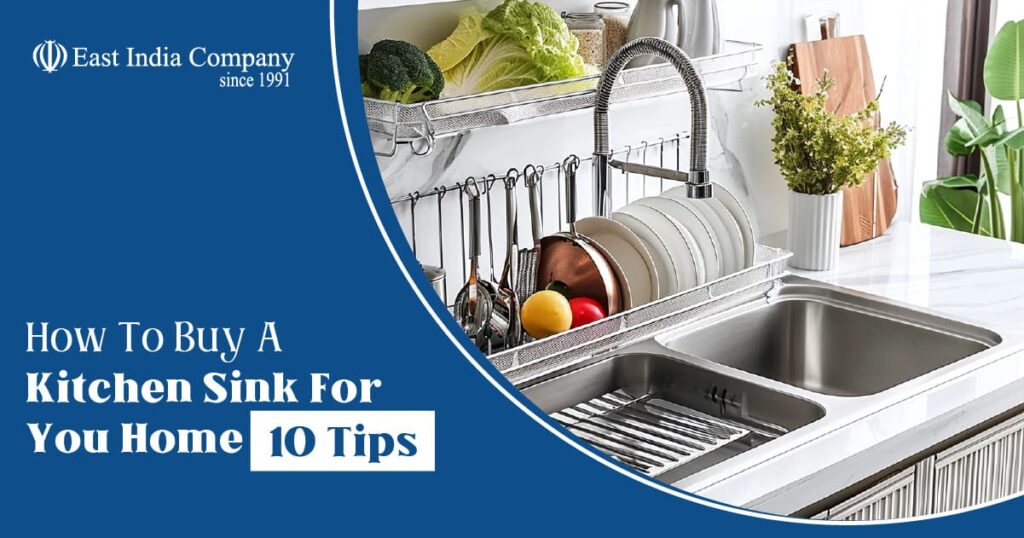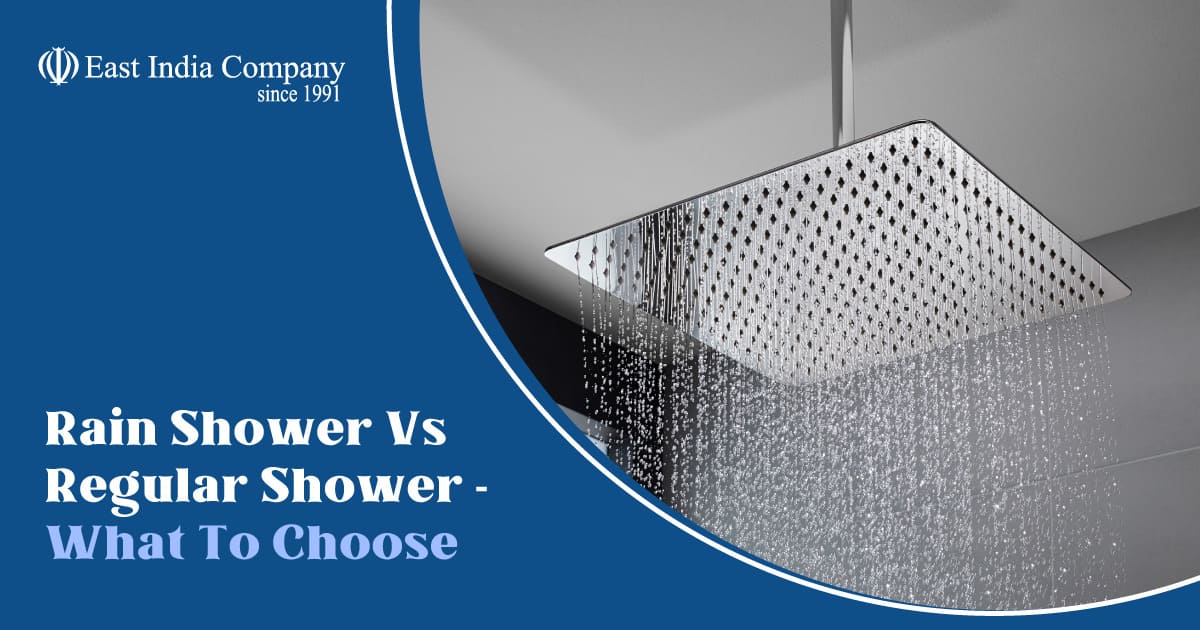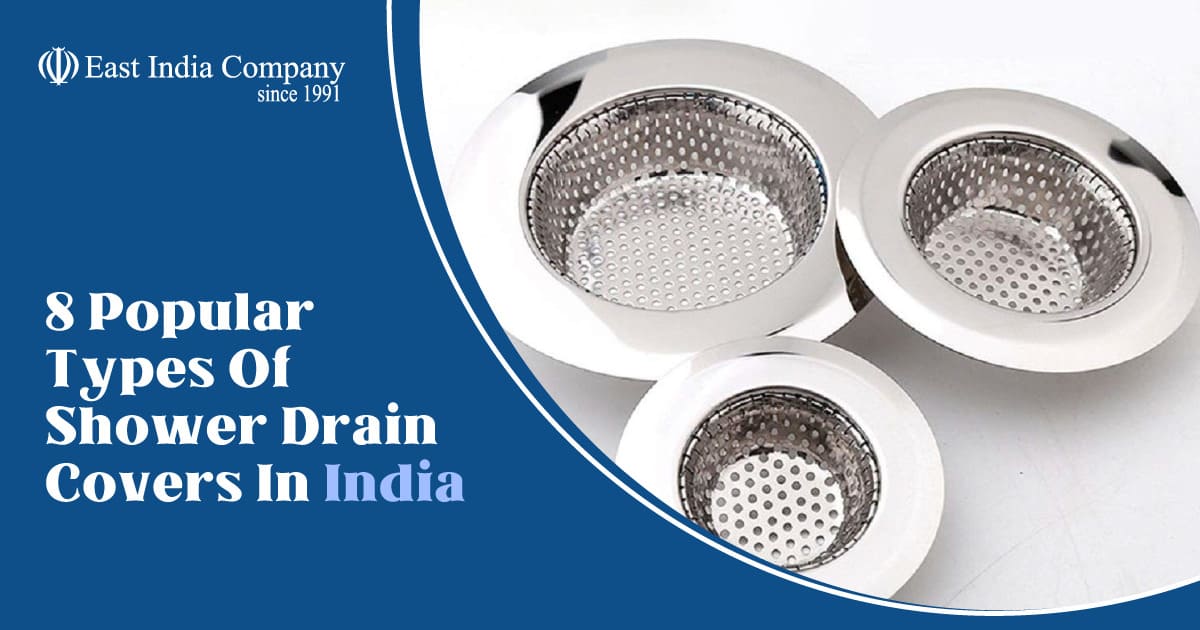Introduction
Purchasing a new kitchen sink is a significant investment that will transform the appearance and usability of your kitchen. To ensure that you achieve the kitchen you have always desired, it is essential to consider several factors before making a decision.
How To Buy A Kitchen Sink For Your Home ? There are various aspects one must be contemplated before making a sink purchase, from the type of material to the perfect size, as well as the crucial decision between an under-mount or drop-in sink.
Why Your Kitchen Sink Choice Matters: A Guide to Selecting the Perfect Fit with East India Company
Your kitchen sink is crucial in creating a functional and stylish kitchen. At East India Company, we recognize the significance of this choice, which is why we are pleased to provide a wide array of premium brands for sanitary ware, guaranteeing superior quality and functionality for your kitchen. Our collection features renowned brands in the field, celebrated for their robustness, style, and creativity.
Our experienced team is available to assist you in choosing the right kitchen sink, guaranteeing that it serves a functional purpose while also making a stylish statement that elevates the appearance of your kitchen. We’ve got you covered by offering you stainless steel sink options to suit your needs and design aesthetics, which are modern and classy.
10 Tips on How To Buy a Kitchen Sink for you Home
Choosing the right kitchen sink is essential for both functionality and aesthetics. Here are ten tips to help you make the best choice for your home:
1. Size and Configuration:
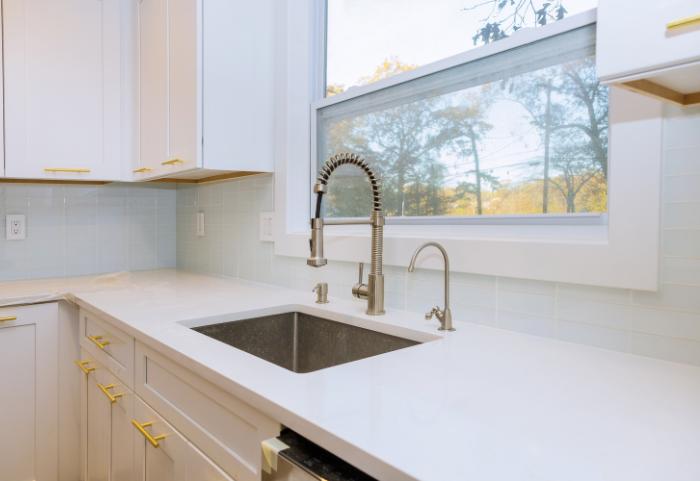
When selecting a sink size, consider a few key questions. Take into account your budget, as larger sinks typically have a higher price tag.
Additionally, assess how frequently you use the sink. If you are not a frequent cook, a standard-size sink (22 to 33 inches long) may suffice, although opting for a larger size is advisable if space permits.
Also Read: 7 Best Modular Kitchen Accessories For Your Kitchen
Furthermore, consider the design scale, especially in a small kitchen where a massive farmhouse-style sink may dominate the space.
| Type | Description |
| Single bowl sink | A single-bowl kitchen sink is designed for smaller kitchens or spaces with limited space. It offers enough space to wash large items like pots and pans and is generally more convenient to clean and budget-friendly than double-bowl sinks. |
| Dual Basin Kitchen Sink | A kitchen sink featuring two distinct basins allows users to multitask or segregate activities like dishwashing and rinsing. It is offered in various sizes, depths, and arrangements to cater to diverse requirements and personal preferences. |
| Modular kitchen sink | Enhance the aesthetic appeal of your kitchen with this exquisite modular kitchen sink. It effortlessly elevates the overall look and feel, particularly if you possess a modular kitchen. Select from various options, including a single large bowl, two bowls, or an under-counter design, to suit your preferences perfectly. |
| Undermount kitchen sink | The sink is installed beneath the countertop, concealing any edges or rims for a sleek appearance in the kitchen. Additionally, if constructed from heavy materials such as iron or fireclay, hiring a professional for installation may be necessary. |
2. Material Selection:
The choice of material plays a crucial role in selecting a kitchen sink as it offers various options, such as porcelain, stainless steel, and cast iron. The material directly impacts the sink’s durability, ease of maintenance, and overall cost.
- Stainless steel: These are top choices for kitchens as they resist corrosions, stains, and dents and enhance longevity. It withstands heat and offers a sleek appearance to the kitchen.
- Enamelled Cast Iron: Ideal for farmhouse sinks, enamelling provides a glossy finish over sturdy cast iron. While lovely and highly resistant to scratches, it can chip if heavy cookware hits it. Therefore, it requires delicate handling.
- Solid Surface: Non-porous sinks are crafted using a combination of natural minerals and specialized plastic. It possesses the unique ability to seamlessly connect with countertops composed of the same material, resulting in a flawless appearance without any visible gaps.
3. Sink Style:
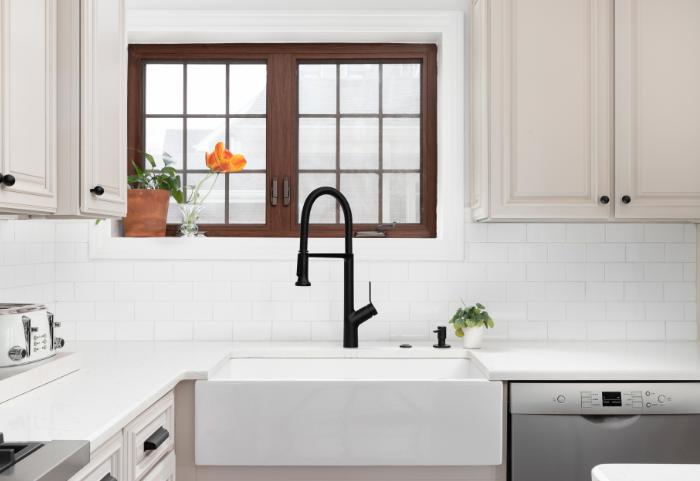
When choosing a sink style for your home, consider several aspects and factors, as each type has advantages and aesthetic appeal.
Consider several designs, your practical needs, and available space when choosing a sink style.
Each style offers a unique look, functionality, and aesthetic appeal. So select the sink style which complements your kitchen’s aesthetics and enhances your workflow.
4. Mounting Options:
When choosing the kitchen sinks for your home, it is vital to consider the mounting options that enhance functionality and suit your design needs.
Your choice should depend on countertop material, aesthetic preferences, and installation requirements.
- Noise Reduction: Look for sinks equipped with specialized pads or coatings underneath to reduce noise levels while washing dishes or running water, ensuring a quieter kitchen environment.
- Thermal Endurance: If you frequently place hot pots and pans in the sink, opt for heat-resistant materials such as stainless steel or fireclay that won’t be damaged or discoloured.
- Customized accessories: Consider sinks that include additional tools like cutting boards, small baskets, and racks designed to fit seamlessly into the sink, making cooking and cleanup tasks more convenient.
5. Sink Bowl Depth:
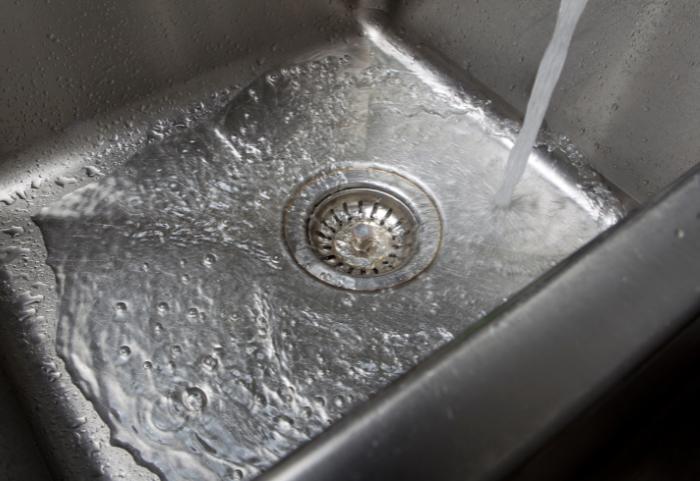
The depth of the sink bowl plays a crucial role in determining the sink’s usability and comfort level. Here are some key points to consider:
- Deep Bowls: Sinks with a depth of 10 inches or more are perfect for soaking large cookware or concealing unwashed dishes. Additionally, they prevent water from splashing out, enhancing overall functionality.
- Shallow Bowls: Sinks with a depth of less than 8 inches are more accessible, which can be advantageous for shorter individuals or those with back pain. However, they may be less effective for washing more significant items.
- Assess Your Requirements: A deeper sink may be more suitable if you frequently utilize large pots. However, a shallower one might be better if you have a small kitchen or prefer a sink that is easier to reach.
- Consider Your Space: Deeper sinks require more space beneath the counter and may be more challenging to install. It is essential to measure your available space accurately and seek assistance from a professional if necessary.
6. Faucet Compatibility:
When selecting the kitchen sink, it is vital to consider the compatibility with the faucet you intend to use, as it impacts the kitchen’s functionality and appeal. It is crucial to consider the number of holes present in the sink.
These holes are designed to accommodate your faucet and other necessary accessories. For instance, a sink with one hole is suitable for a faucet with a single handle, while a sink with three holes can accommodate a faucet with two handles – one for hot water and one for cold water.
Specific sinks allow the creation of additional holes for items such as soap dispensers or sprayers.
Ensuring that the number of holes in the sink aligns with the type of faucet you intend to use is essential, providing a seamless fit and optimal functionality.
7. Drain Placement:
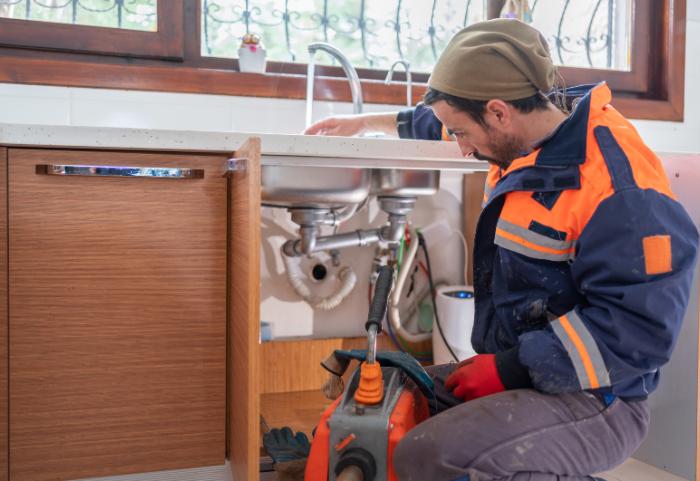
Placing the drain in the kitchen sink impacts its practicality and cleaning effectiveness.
Sinks with offset drains positioned at the back or side of the sink are becoming increasingly popular among many households. This design provides more usable space in the basin, allowing for washing more oversized items without blocking the drain.
Furthermore, it maximizes the storage area beneath the sink and enhances water drainage by creating a gentle slope in the sink bottom, preventing water from pooling. When deciding where to place the drain, it is advisable to consider your personal preferences for sink usage and maintenance.
8. Ease of Maintenance:
Maintaining a kitchen sink is an essential factor to consider. Some materials like stainless steel and granite are known for their ease of maintenance and are resistant to stains or scratches compared to other materials. Look for sinks with smooth surfaces, which offer higher functionality and aesthetic appeal, with rounded corners, which are easy to clean—regular cleaning and maintenance help to maintain the aesthetics and glossy appearance of the sinks in your kitchen.
9. Budget Considerations:
The cost of the kitchen sink can vary depending on size, material and size. So, consider all the factors and set a budget for the kitchen sink, which offers higher value for your money. Remember that the most affordable choice is not optimal in the long term if it necessitates frequent repairs or replacements.
10. Warranty and Brand Reputation:

When choosing the kitchen sink, consider the warranty and reputation of the brand. A good warranty from a well-reputed brand will elevate the look of your kitchen and also enhance the provision of good-quality service. Research the reviews and ratings offered by other customers and choose to get the best sink from a trusted manufacturer.
Wrapping Up
We hope the above-listed pointers gave you valuable insights how to buy a kitchen sink for your home. Do you want to buy a sleek, versatile kitchen sink with a modern finish? Then you can drop us your enquiry, and we will assist you in finding the perfect kitchen sink from our top-notch products that will not be a practical addition to your kitchen but will enhance the overall look of your kitchen. Our range includes some of the best brands in the industry, known for their durability, design, and innovation.
Checkout Our Social Media
FAQs Releated To Buying Kitchen Sink
1. What size sink do I need for my kitchen?
Standard lengths range from 22 to 36 inches, so consider the size of your kitchen and the available counter space.
2. For a kitchen sink, what kind of material is ideal?
Stainless steel is strong and requires little maintenance, but granite composite has a contemporary appearance and is extremely stain- and scratch-resistant.
3. How many holes in my sink do I need for faucets?
Depending on the type of faucet you choose, one hole is usually needed for single-handle faucets, and three holes are needed for faucets with separate handles for hot and cold water.

